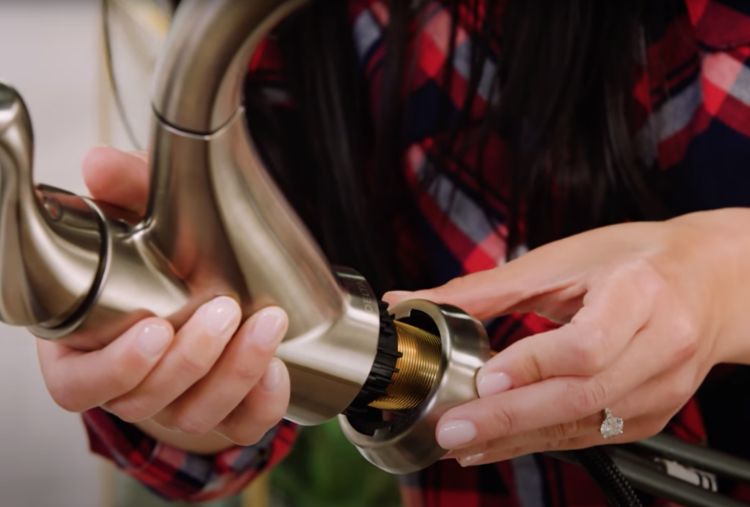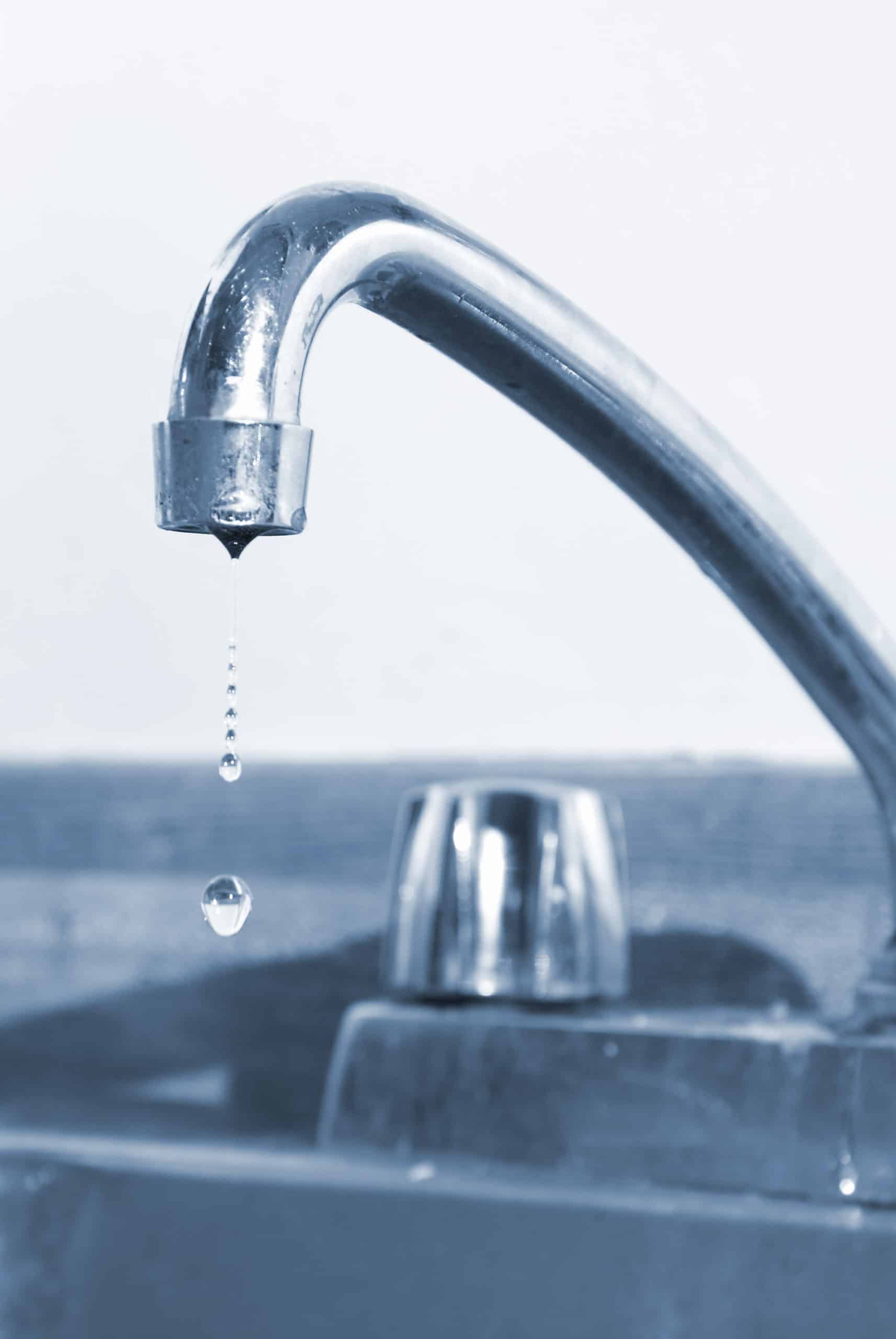How do you really feel in regards to Why Are My Faucets Dripping (And Can I Fix It Myself)??

Dripping faucets might appear like a small trouble, yet their influence surpasses just the nuisance of the noise. From drainage to sustaining unneeded monetary expenses and health and wellness risks, neglecting a trickling tap can cause different repercussions. In this post, we'll delve into why it's critical to resolve this usual household concern promptly and efficiently.
Waste of Water
Environmental Influence
Trickling taps contribute significantly to water wastage. According to the Environmental Protection Agency (EPA), a single faucet dripping at one drip per second can throw away greater than 3,000 gallons of water each year. This not just pressures water sources but also influences communities and wildlife depending on them.
Step-by-Step Guide to Taking Care Of a Dripping Faucet
Tools Called for
Prior to attempting to repair a trickling faucet, gather the essential tools, including a flexible wrench, screwdrivers, substitute parts (such as washers or cartridges), and plumber's tape.
Usual Faucet Issues and Their Solutions
Recognize the sort of faucet and the specific problem triggering the drip. Typical problems consist of damaged washing machines, corroded valve seats, or defective O-rings. Refer to supplier directions or on the internet tutorials for detailed support on repair work.
Financial Costs
Boosted Water Bills
Beyond the environmental effect, dripping taps can inflate water bills significantly. The collected wastefulness with time converts into higher utility costs, which could have been prevented with timely fixings.
Prospective Residential Property Damage
In addition, long term trickling can bring about harm to components and surface areas bordering the tap. Water build-up can cause staining, deterioration, and also structural issues if left neglected, resulting in additional repair work expenses.
Health Problems
Mold And Mildew and Mildew Growth
The consistent presence of dampness from a leaking faucet develops an excellent atmosphere for mold and mold growth. These fungis not only jeopardize indoor air high quality yet likewise present health dangers, specifically for people with respiratory system conditions or allergic reactions.
Waterborne Conditions
Stagnant water in leaking taps can become a breeding ground for germs and various other virus, raising the threat of waterborne diseases. Contaminants such as Legionella germs prosper in stationary water, possibly resulting in serious ailments when consumed or inhaled.
Do it yourself vs. Expert Repair
Pros and Cons of Do It Yourself Repair Work
While some may try to repair a trickling faucet themselves, do it yourself repair work feature their own collection of challenges. Without appropriate knowledge and tools, do it yourself attempts can aggravate the issue or cause incomplete fixings, prolonging the issue.
Advantages of Hiring an Expert Plumber
Working with a professional plumber guarantees that the underlying root cause of the trickling faucet is dealt with successfully. Plumbing professionals have the proficiency and devices to identify and fix tap issues efficiently, saving time and minimizing the risk of further damage.
Ecological Duty
Specific Payment to Preservation
Taking obligation for repairing leaking faucets aligns with more comprehensive initiatives toward water preservation and ecological sustainability. Every individual's activities jointly make a considerable impact on preserving priceless resources.
Sustainable Living Practices
By focusing on timely repairs and taking on water-saving practices, people add to sustainable living practices that profit both present and future generations.
Safety nets
Regular Upkeep Tips
To prevent leaking faucets, carry out regular maintenance such as cleansing aerators, evaluating for leaks, and replacing damaged components promptly. Furthermore, consider mounting water-saving tools or upgrading to extra efficient components.
Value of Prompt Repairs
Dealing with leaking taps as soon as they're discovered protects against further water wastefulness and potential damages, eventually saving both water and money in the long run.
Impact on Residential Property Worth
Understanding of Well-Maintained Residential Or Commercial Property
Preserving a home in good condition, including attending to maintenance concerns like trickling faucets, enhances its viewed value and value among possible purchasers or renters.
Impact on Resale Worth
Residences with well-maintained plumbing components, including taps, command higher resale worths in the real estate market. Attending to dripping taps can add to a positive impact during building evaluations and arrangements.
Conclusion
Attending to a trickling tap surpasses mere benefit; it's a necessary action toward conserving water, decreasing monetary expenses, and guarding wellness and residential or commercial property. Whether through DIY repair work or professional support, acting to deal with trickling taps is a little yet impactful way to promote liable stewardship of sources and add to a healthier, more lasting future.
Why Are My Faucets Dripping (And Can I Fix it Myself)?
Causes of a Dripping or Leaking Faucet
Whether you’re hearing drops of water falling and hitting a sink, or noticing water ooze out from the base of the spout, you shouldn’t ignore a dripping or leaking faucet. And, the good news is, sometimes you can fix the problem yourself.
In this article, we’ll review a few common causes of dripping and leaky. We’ll also walk you through some basic ways to find the problem and handle it without calling anyone — and let you know when to call in a pro.
But, no matter what the cause, or whether you can handle it on your own, the sooner you address it, the better.
Each drip may be a tiny amount of water. But, they all add up quickly. According to the U.S. Geological Survey, one faucet losing one drop every 20 seconds — five a minute — wastes around a liter of water every day, and 173 gallons a year.
Add in more than one in your house, and it’s a lot of water to waste. So, we’ll help you get to the bottom of things quickly.
Four Reasons Your Faucet May Be Dripping
Aerator is Damaged or Unseated Valve Seat is Corroded O Ring is Loose or Worn Out Part of the Assembly is Loose Aerator is Damaged or Unseated
If you unscrew the end of your faucet, you’ll find the aerator. It’s the little stem piece with a screen on it that shuts off the water circulation.
If it’s damaged, or if it’s not sitting right, it will allow water to pass through.
Valve Seat is Corroded
Next is the valve seat, which is connected to the washer. If the washer wasn’t in place correctly, then it could have ground against the seat. Over time, this damages the valve seat.
The problem could also be corrosion: Over time, the part has worn out, and it’s now allowing water to pass through.
O Ring is Loose or Worn Out
Since the o ring is only a small rubber gasket, it’s a common reason why the faucet is dripping. You’ll find it at the base of the faucet, and it’s there to keep water from coming out where it’s not supposed to.
However, it’s common for the o ring to wear out over time. When it does, you’ll notice a drip.
Part of the Assembly is Loose
So far, we’ve looked at a few small, specific parts. But, the problem could be anywhere in the assembly if something’s out of place.
Even if a part isn’t damaged, over time, it may have become loose or dislodged. It could be the parts we mentioned, or the aerator at the tip of the faucet, the stem itself,
Can I Fix a Leaky Faucet Myself?
Depending on the problem, and how handy you are, there’s a chance you can fix a leaky faucet without calling a professional. But, you do run the risk of making the problem worse.
If it’s a small drip, you can certainly try a few troubleshooting tactics. We’ll walk you through them in a moment.
But, no matter what, your first step should be shutting off the water coming into the faucet. You should find a shutoff valve under the sink on the pipes leading to it. Turn each one clockwise until they close tightly.
Next, make sure you have the right tools for whatever you’re attempting. It’s tempting to make do with what you have. But, you need the right ones for a reason: You’re often dealing with small parts that can break if you handle them carelessly.
If you’re feeling confident, here are some places to start.
Items Near the Tip of the Faucet
A few of the parts we mentioned — particularly the valve seat and washer — are located at the tip of the faucet where the water comes out. They’re easy to access, making it a good place to start.
Check the O Ring
To check the o ring, you’ll need to take off the spout at the base. It’s easiest on kitchen sinks with long spouts, versus the smaller, bulkier base on most bathroom sinks.
Either way, this can be tricky, so do it carefully and don’t force anything. If it’s not coming right off, you’re much better off calling in a pro than possibly breaking something.
For a kitchen sink, there’s usually a nut or coupling assembly at the base of the spout. These often slide off easily without using any tools.
Once you’ve disassembled those parts, gently but forcefully twist off the spout.
Then, you can see the o rings. There should be two of the rubber gaskets on the base. If they look worn or damaged, replace them, and see if that solves the problem.

We had been shown that report on 4 Common Reasons for a Leaky Faucet from a good friend on a different domain. I beg you take the opportunity to promote this content if you enjoyed reading it. Thank you for going through it.